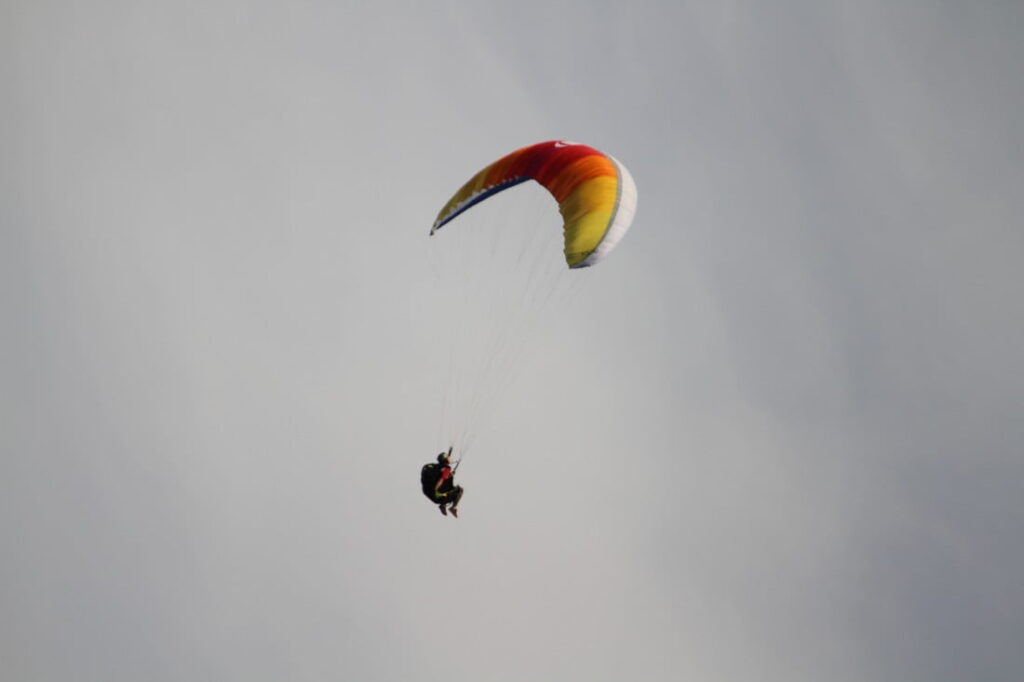
At flyeo, we are often asked whether pilots that have a lot of flying experience but have never done a SIV should consider doing one. Malin Lobb, our lead instructor shares his thoughts on the subject below.
People succeeds despite obstacles. Remove them to unlock even greater results
People are amazing creatures, we can achieve great things with less than optimal circumstances. From people running marathons with bad knees to swimmers with asthma, anything that we do with a handicap means we could have done better in the same situation if that handicap was removed. That doesn’t mean that a short legged runner will always lose out to his long legged counterpart, with more grit and endurance he may well win the race, but if they had long legs and the same grit and endurance I.e his handicap removed , he would beat his PB.
In flying terms, long distance flights equals efficiency, and the knowledge we have yet to acquire is our handicap as this leads to inefficiency. Flying distance is a race against the time as there is only so many flyable hours in the day, if you are not climbing as well as you could due to poor roll control or not gliding well due to poor pitch control or rear riser steering, it means that even if that flight was a new PB, you could have gone further, or quicker if you did have that knowledge and you removed that handicap. These little knowledge gaps, these handicaps are what I see quite often when experienced pilots come to do SIV for the first time. Even something so simple as roll control; how to cancel or use role to your advantage they’ve never really thought about, unbeknown to them this has been their handicap through the whole flying career and even though they’re able to do 100km, what they would have been able to do with that knowledge applied would have been more. So why do I see this so often? I think there is two reasons;
Not enough opportunities to analyse our flying techniques
The first is how we learn to fly, we learn just enough to get us off the hill and land safely and after a couple of years of mucking around we venture into thermic air. We turn in lift and off we go, we are cross-country pilots, but we are left to our own devices up there and there is a lot of things to figure out by ourselves. All of these new wing movements are happening at the same time as we’re trying to make cross-country decisions and if something works we repeat it but it may not be the most efficient thing to do in that scenario, over time these bad habits add up… but we’re in the air and flying distance so we must be doing it right! Most pilots aren’t analytical enough to look for another option, but what if I tried this instead? what happens when I do that? Having and expert and a space you can go to really analyse the movements of your glider, your body and your physiology can lead to sometimes small but sometimes big revelation. Anything you learn will be removing a handicap and increasing your potential.
A misconception of what a SIV is and is not
The second is the perception of SIV. Pilots shouldn’t be missing this vital step so why are they so often? The old school method that was taught for years was a tick box exercise of manoeuvres all the way up to full stalls whether you were ready or not. It would make or break pilots and the ones that perceived themselves to “just survive” the ordeal would go back to the local paragliding club and regale the horror stories over a pint. Most people know it stands for “Simulation d’Incidents en Vol” or simulating flight incidents and they think other than collapse recovery and scaring yourself what is there to learn? So their training ends just after they leave school and I don’t blame them.
Fortunately a lot has changed and now for me at least the acronym of SIV encompasses everything from the softest of pilotage to dynamic stalls on a comp wing to advanced acro. With individual instruction I can have one student with 2 hours flight time learning pitch and roll and someone with 600 hours back flying their EN-D. An SIV is just a course you go on to get better, it’s an extension of you basic training, it has everything that you didn’t learn in school. It is where you go to fill in the knowledge gaps and remove your handicaps that have been holding you back for years. Most articles about SIV that you will read are about learning some skills that will save your life, and you will, but deep down you already know that. What you might not have thought is there is so much more to learn in SIV than just collapse recovery, every grain of knowledge you gain from the course is directly transferable in to your every day flying. An SIV course will make you a better XC pilot, not because you can recover from a collapse but because you understand the movements of your glider and how to efficiently deal with them.


